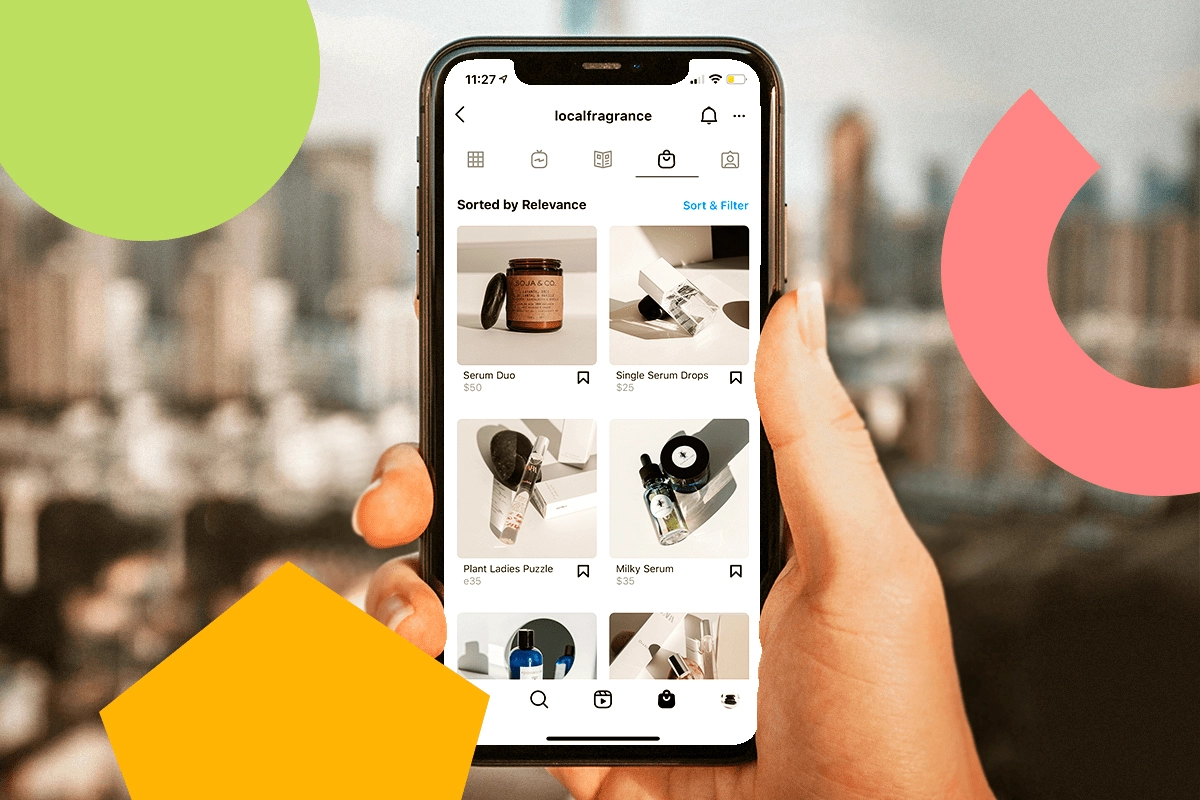5 Social Commerce Trends to Watch Out in 2022

Social commerce is one of the most significant phenomena during the pandemic as the market watchers are hooked to the concept of advertising and connecting with customers through social media channels. It is an advanced model of the traditional commerce trends that involves the product online or through a web of popular advertising outlets.
The concept of social commerce is a medium where users or buyers discover products and then decide to buy the product. It is more of carrying forward product conversations to social media to influence shopping preferences.
Why Use Social Commerce?
Social commerce is an addition to the concept of e-commerce that is helping millions of users to buy their preferred products and services from different corners of the world. Social commerce geared up to expand the digital footprint in India. Social commerce marketplace is more about creating and building a community of enthusiastic buyers to drive traffic to a third-party web property. Through this concept, buyers can grow their audiences and sell them to any popular platform. Thus, social commerce is a facilitator for the spread of e-commerce. According to estimates, the social commerce marketplace will likely grow by $3 billion by the end of 2028, with an exponential increase of over 37.9% in the US by 2025.
Social Commerce Trends for 2022
After a short stint of market disruption in 2020 and 2021 due to the pandemic, the year 2022 brings a ray of hope to prospering economic ecosystems by overruling social media networks and accounts.
Following are the top five trends in social commerce trends in 2022:
5G connectivity to enable XR experiences for connected devices
The introduction of 5G technology on a global scale aside from edge cloud processing and advanced AI will enhance the scope of social media by offering seamless mixing reality experiences on a wide variety of connected devices. According to a marketing forecast, AR users in the US are likely to grow by 101.6 million in 2022 from 83.7 million in 2020.
Digital Avatars
They are introducing digital avatars to poise into the fashion market by promoting newer trends and more across platforms. It also gives better flexibility to layering digital clothing, promoting new collections, and even enabling digital sampling. The concept will help customers make the right choice by checking out the clothes and their appearances in 360 degrees.
Mainstream use of NFTs
There is a rush of demand for Non-fungible tokens (NFTs) into the mainstream markets that even rose its popularity into the Metaverse. Many companies are moving to metaverse to hire independent artists and digital creators to catch the nerves of the time. However, the use of NFT is under monitoring as many countries are evaluating its use and monetization processing. Concerning the volatility of the NFTs, the effective use of cryptocurrency will help create an improvised digital ecosystem.
Micro-influencers
Nowadays, companies are collaborating with micro-influencers to set the trend to capture more and more users to gain profits and popularity across a wider audience reach. Influencers usually have millions of followers and can popularize brands to reach every nook and corner.
Frictionless Experiences
In today’s tech-savvy world, digital intolerance is another primary concern for getting connected with millions of users and enthusiasts. Brands implementing old and traditional methods may run into complicated processes and procedures that quickly turn away many customers. Therefore, there is a need for implementing frictionless experiences on digital scales to ensure seamless and high retention rates.
Wrap Up
Social commerce marketplace is a catching-up phrase for pushing the boundaries for electronic commerce. Using newer and advanced methods to streamline the entire process while expanding customer experience for a profitable buying experience can ensure great returns. Using easy and convenient techniques through social media platforms ensures an excellent customer experience by providing a new way for digital expectations.
About Author

Pavankumar Baboori is an experienced Sr. Content Analyst who improves the workflow by identifying and resolving the content development gap. He works closely with the marketing team to deploy strategies for improving brand awareness, website traffic, search engine ranking, and lead generation activities. He gauges up marketing channels for the real digital transformations.
Leave a Comment